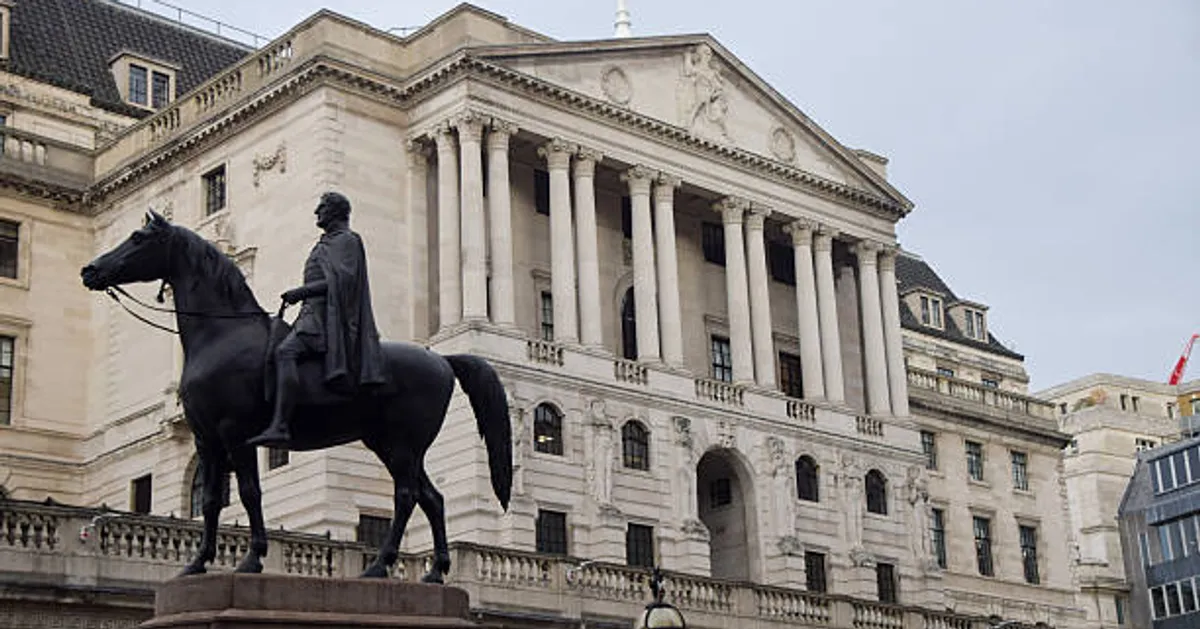
Bank of England Proposes New Stablecoin Rules, Eases Backing-Asset Requirements

GeokHub
Contributing Writer
The Bank of England (BoE) has unveiled proposals that ease its earlier strict approach toward stablecoin regulation. Under the new framework, issuers of widely-used stablecoins may invest up to 60 percent of the assets backing their tokens in short-term UK government debt, while the remaining 40 percent must still be held with the central bank.
Deputy Governor Sarah Breeden said the changes reflect industry feedback and aim to support the launch of the UK’s stablecoin regime scheduled for 2026. A temporary regime would allow issuers moving from oversight by the Financial Conduct Authority (FCA) to invest up to 95 percent of backing assets initially.
The proposals also include plans for the BoE to offer liquidity support to systemic stablecoin issuers during market stress, and to maintain caps on how much value individuals or businesses can hold in such tokens — a limitation not used widely in other jurisdictions.
Analysis / Impact:
This shift signals the BoE’s effort to strike a balance between fostering innovation in digital payments and maintaining financial stability. By relaxing backing-asset rules, the UK makes its regulatory environment more attractive to stablecoin issuers. Yet, the retention of holding caps and new oversight mechanisms shows the BoE remains cautious about risks such as deposit outflows and systemic disruptions.
For the stablecoin industry, the proposals may ease some cost burdens and operational constraints around backing assets. On the flip side, the UK remains more restrictive in some respects than peer markets, potentially affecting the country’s competitiveness over the longer term.








